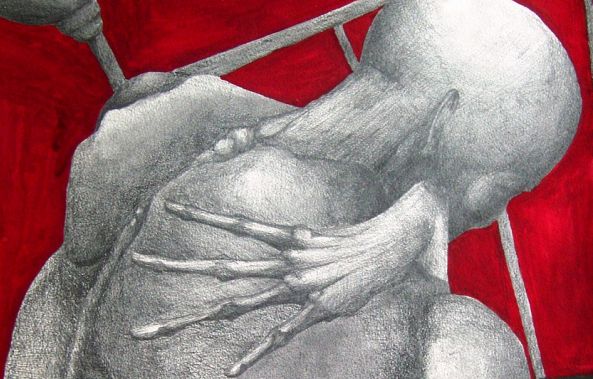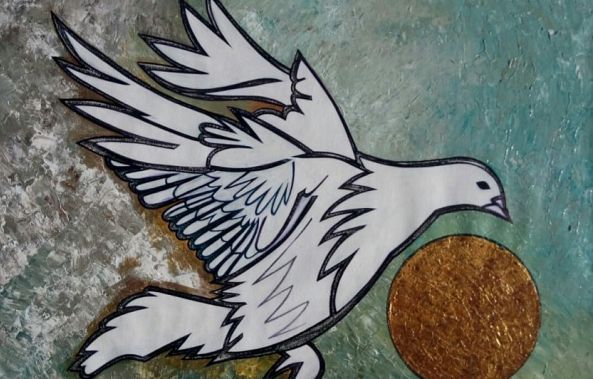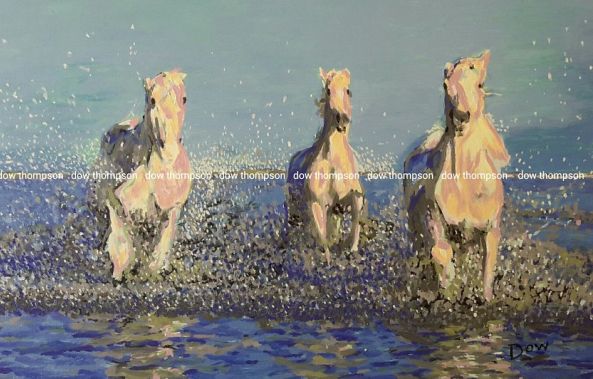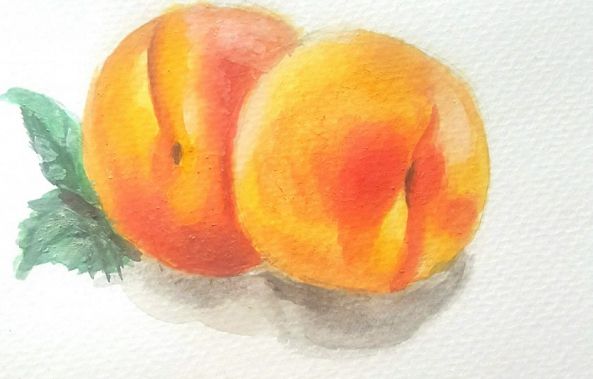Eco-Art in 2025: When Painting Becomes an Act of Commitment
In recent years, a quiet revolution has taken root in the art world. More and more artists are no longer painting just what they see or feel — they’re painting to raise awareness, to provoke thought, and sometimes, to disrupt. In 2025, one movement in particular is gaining momentum: eco-art.
As an artist, it’s easy to feel overwhelmed by the state of the planet. But art has always held a rare power — the ability to help people see things differently. Today, painting can be a deeply ecological and meaningful act.
What Is Eco-Art?
Eco-art refers to artistic practices that highlight environmental issues — while also reducing the ecological footprint of art itself. This could mean changing the materials you use, choosing more sustainable subjects, or adopting an entirely new approach to creation.
And no, it doesn’t mean you have to only paint trees or melting icebergs. Instead, it’s about integrating environmental awareness into your creative process, regardless of your medium or style.
Artists Who Inspire
1. Painting with Natural or Recycled Materials
Some artists are turning to homemade pigments made from plants, soil, and minerals. Colombian artist Carolina Caycedo, for example, explores the relationship between nature, community, and art, often incorporating found materials and natural processes into her installations.
Others take it even further by painting on reclaimed wood, cardboard, or used canvases, like Canadian artist Alexandre Côté, whose recent series was crafted entirely from materials found at local recycling centers — transforming discarded items into works of art.
2. Subtle Messages Through Symbolism
Eco-art doesn’t have to be literal. Spanish painter Marina Varela creates dreamy forest scenes, blending mist and light to evoke the delicate balance of nature. Her work doesn’t scream “climate change,” but it invites stillness and reflection — and in that, creates space for awareness.
How to Start an Eco-Art Practice
You don’t need to overhaul your studio overnight. Here are a few simple, meaningful steps you can take:
-
Choose sustainable materials: Look for non-toxic, water-based paints and reusable brushes.
-
Reclaim your mistakes: Turn old or failed paintings into textured new pieces or use scraps for mixed media.
-
Think local: Avoid unnecessary overseas shipping — exhibiting and selling locally can reduce your carbon footprint.
-
Draw from nature, don’t replicate it: Let your garden, daily walks, or seasonal shifts inform your palette and mood.
Share Your Eco-Art on Artblr
More than ever, collectors are seeking art that tells a story and carries a message. On Artblr, you can showcase not just your work, but also your artistic values. Your profile lets you highlight your creative process, your material choices, and the message behind each piece.
By sharing your eco-conscious creations on Artblr, you become part of a community that values meaningful art, and you inspire others to follow a more intentional path.
Final Thoughts
To be an artist today is to be a witness to the world around us. Embracing eco-art — even in small ways — adds depth and purpose to your work, and helps cultivate awareness through beauty.
So, why not let your next canvas be more than just a painting? Let it be a quiet gesture for the planet.
? Explore the work of conscious artists on Artblr.com, or start sharing your own eco-artistic journey today.










